
Phaleristics is a young scientific discipline about antique awards
Phaleristics (from Latin "falerae") is an auxiliary historical scientific discipline that studies awards, commemorative signs, badges, tokens, and uniform accessories. The term "phaleristics" is also used to refer to a variety of collecting the aforementioned distinctive insignia.
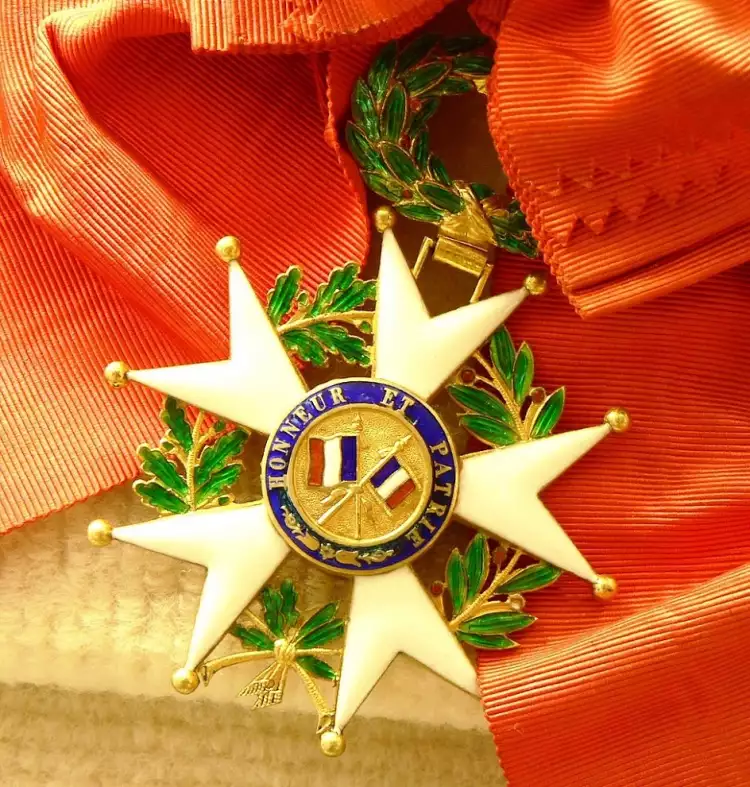 Phaleristics. National Order of the Legion of Honour, 1802
Phaleristics. National Order of the Legion of Honour, 1802
Phaleristics shares much in common with another discipline - medallic art, which covers only the realm of studying medals and the history of medal art. For a long time, both of these sciences were part of numismatics and only recently separated from it.
History of Phaleristics
Phaleristics is a young discipline that has a relatively short history, although many objects of phalerists' research have been around for hundreds of years. Until the mid-20th century, there was no separate term to denote this science. The term "phaleristics" was first coined by Czech collector of awards and commemorative signs, Oldřich Pílka, in 1937, and 28 years later, this term appeared in the USSR thanks to the Baku researcher Roman Shteyn.
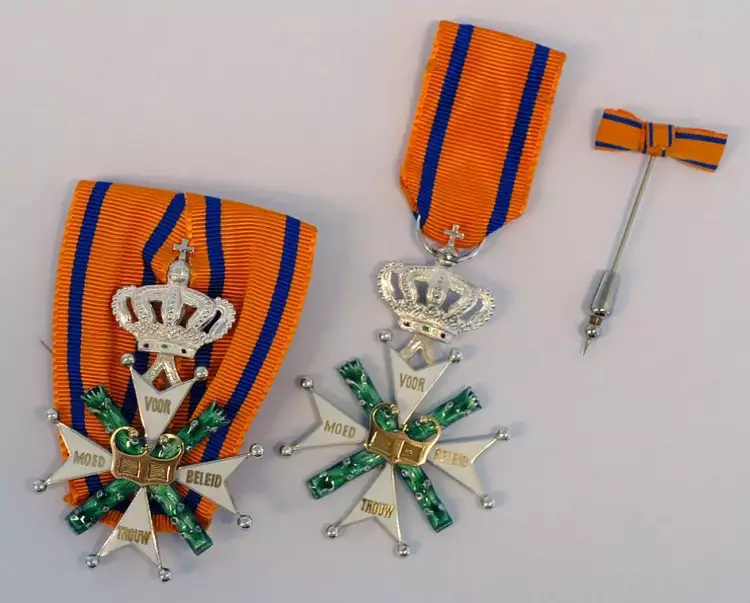 Phaleristics. Military Order of Wilhelm, 1815
Phaleristics. Military Order of Wilhelm, 1815
The history of insignia - the objects of phalerists' research - dates back to the ancient era. In Ancient Rome, the practice of awarding distinguished warriors in war with special signs of distinction - medals - was widespread. Alloys of colored and precious metals were used to create them. Such medals held significant artistic value but were not used as currency.
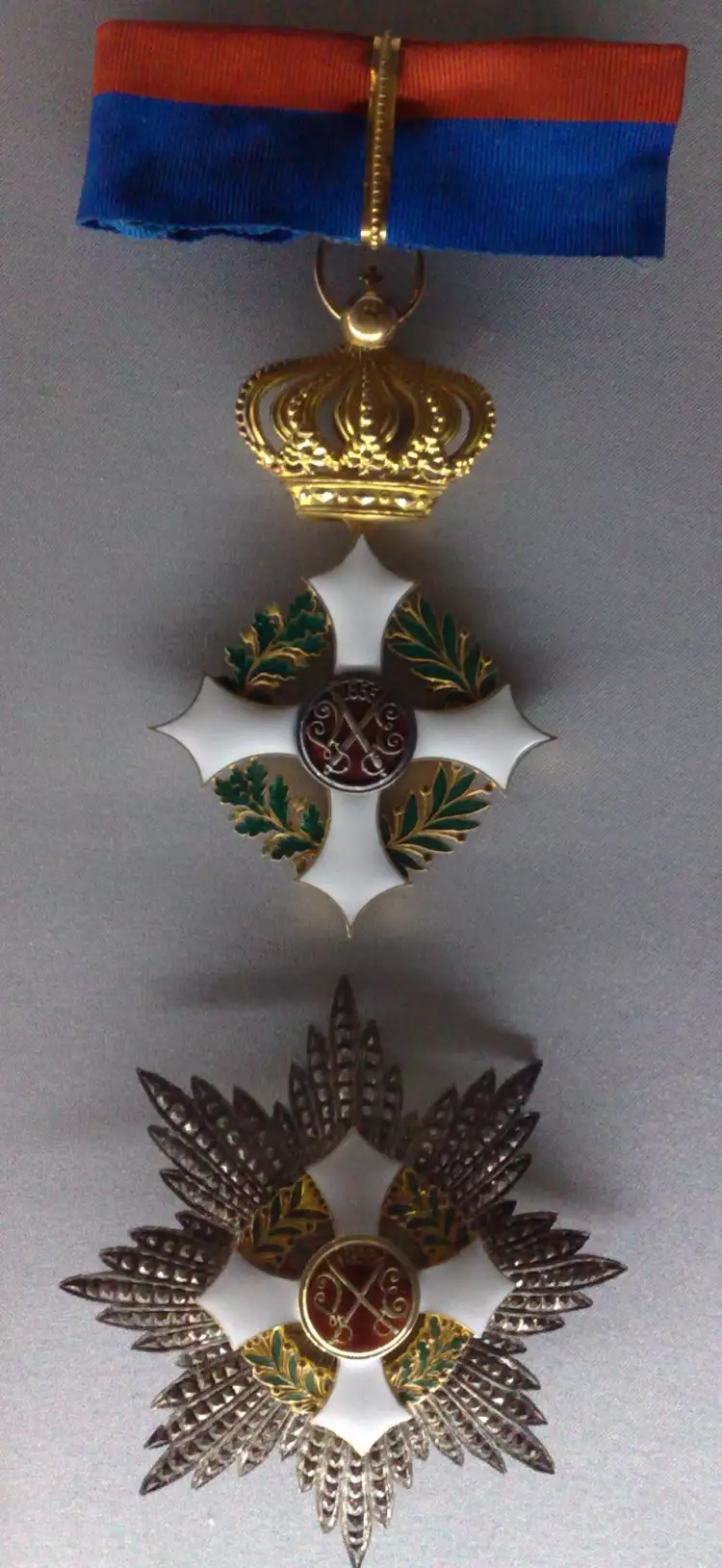 Phaleristics. Military Order of Italy, 1947
Phaleristics. Military Order of Italy, 1947
After the fall of the Roman Empire, medallic art in Europe quickly declined. Only at the end of the 14th century, Italian masters produced commemorative medals to mark the capture of Padua after a long hiatus. This practice spread throughout Europe from Italy, and in the 17th century, the first military achievement medals emerged.
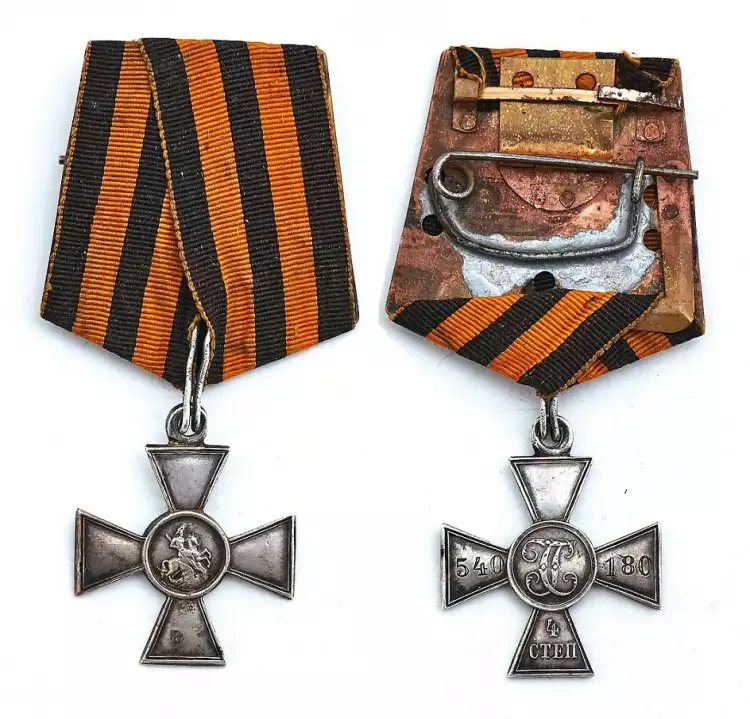 Phaleristics. Cross of St George of the IV degree, 1916
Phaleristics. Cross of St George of the IV degree, 1916
In the subsequent centuries, nearly all European states developed their own systems of awards. In 1802, Napoleon introduced a new distinction - the Order of the Legion of Honour. Its design later served as the basis for two other prestigious distinctions: the Order of the British Empire and the Belgian Order of Leopold.
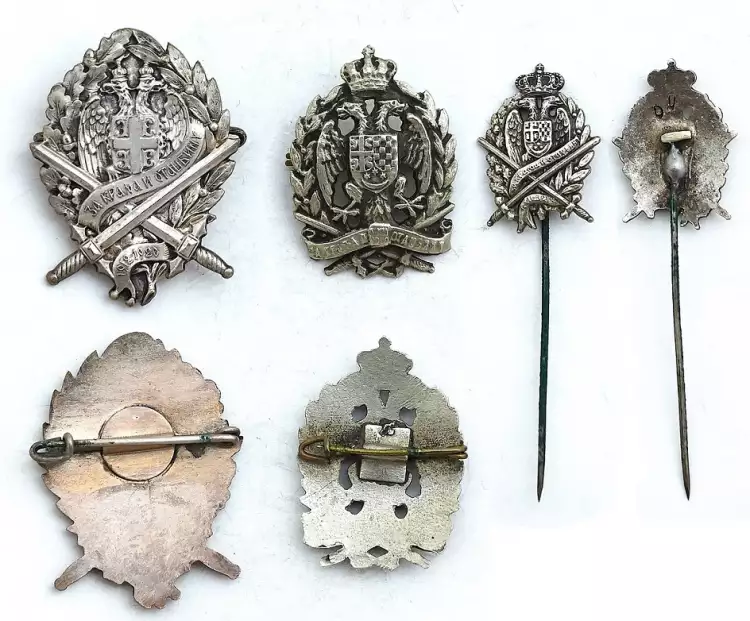 Phaleristics. Office insignia of the Association of Reserve Officers and Warriors of Serbia
Phaleristics. Office insignia of the Association of Reserve Officers and Warriors of Serbia
By the end of the 19th century, not only in the military but also in civilian fields, new insignia appeared as objects of study for modern phalerists:
- Official badges.
- Souvenir pins.
- Commemorative tokens.
- Uniform accessories (cockades, headgear ribbons, emblems).
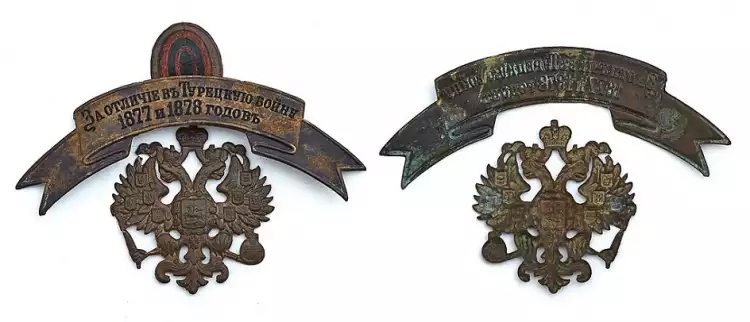 Phaleristics. Headdress ribbon and cockade of the Russian Empire, late 19th century
Phaleristics. Headdress ribbon and cockade of the Russian Empire, late 19th century
Insignia have been and remain an important part of uniforms, signifying a person's affiliation with a particular organization (railway service, educational institutions, police, post office) throughout history.
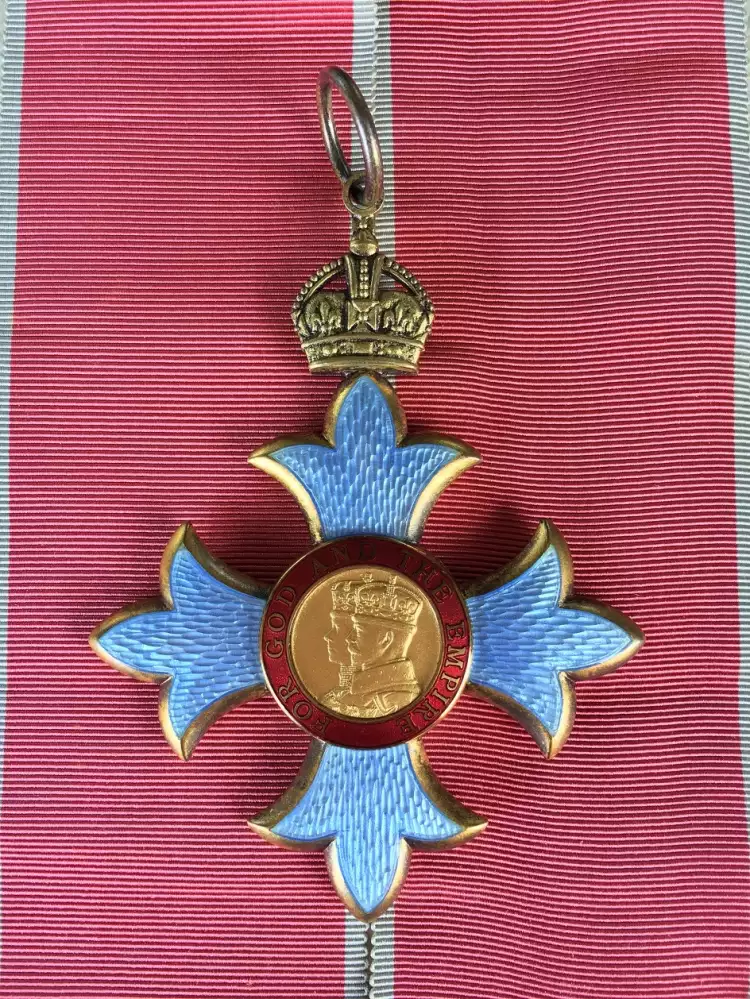 Phaleristics. Order of the British Empire, 1917
Phaleristics. Order of the British Empire, 1917
The history of insignia and distinctions continues into our days. New medals, orders, and uniform accessories appear every year, which will eventually become subjects of intense study for subsequent generations of phalerists.
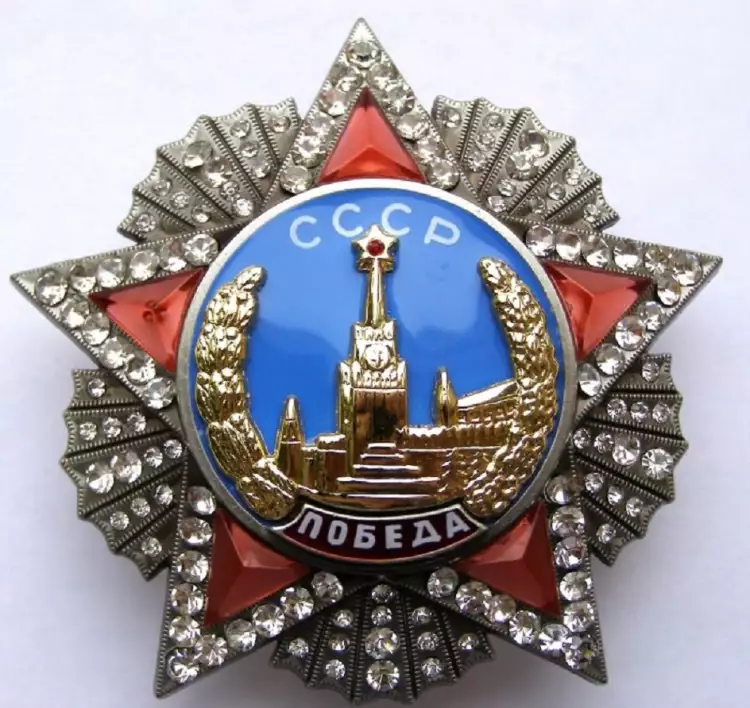 Phaleristics. Order of Victory, 1943
Phaleristics. Order of Victory, 1943
Characteristics of Phaleristics
Unlike medallic art, which primarily views medals as works of art, for phaleristics, award insignia are objects that hold special historical value.
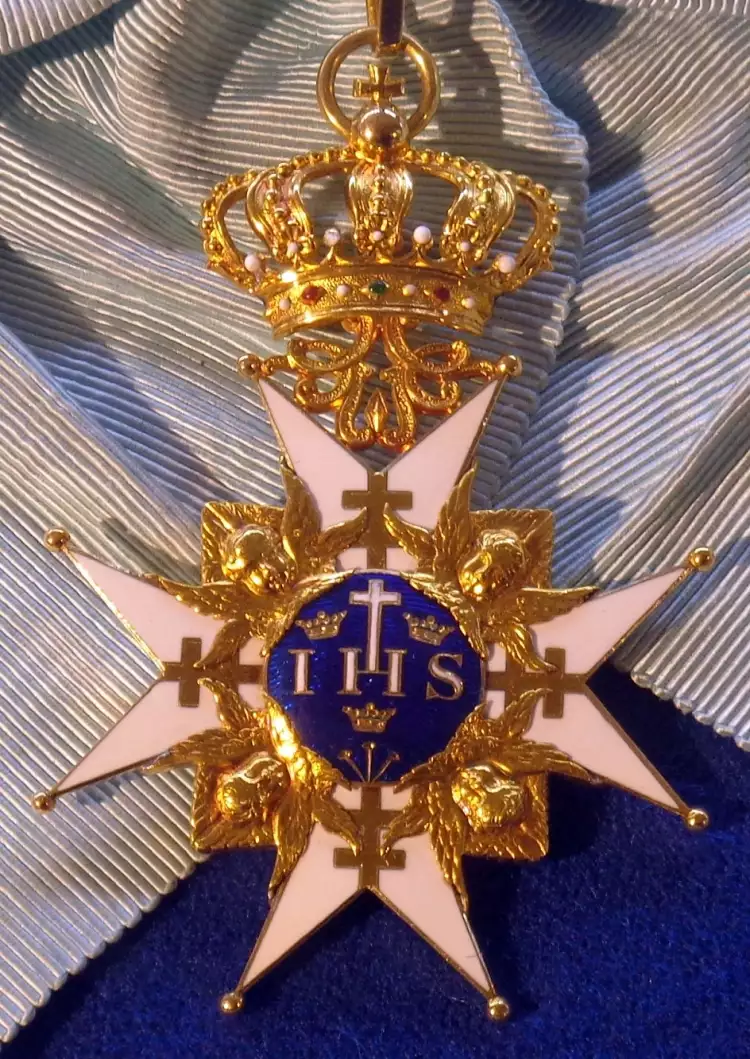 Phaleristics. Order of the Seraphim, 1975
Phaleristics. Order of the Seraphim, 1975
In the process of studying a particular award insignia, phalerists attempt to thoroughly determine its unique history:
- The exact date and details of the establishment documents of the order, medal, or commemorative sign.
- The circumstances, time, and place of the person's award.
- Detailed biographical information about the awardee.
- The history of ownership of the item (provenance).
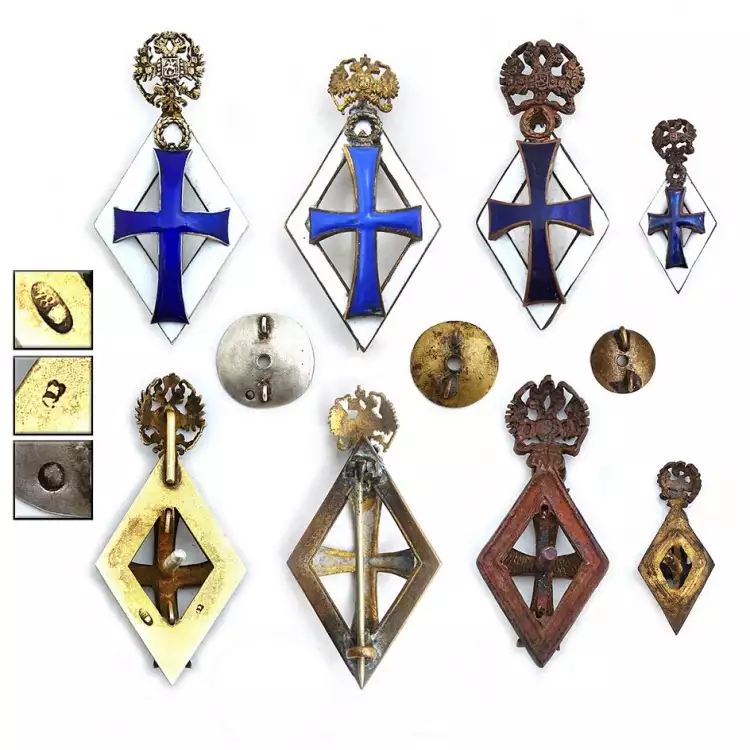 Phaleristics. Service academic badges of graduation from the Imperial Russian University
Phaleristics. Service academic badges of graduation from the Imperial Russian University
The meticulous examination of an antique award by a phalerist, followed by confirmation of its authenticity, can significantly increase the value (price) of such an item. The specialist conducts a detailed analysis based on various external and internal characteristics, even comparing the chemical composition of the examined item to a standard sample.
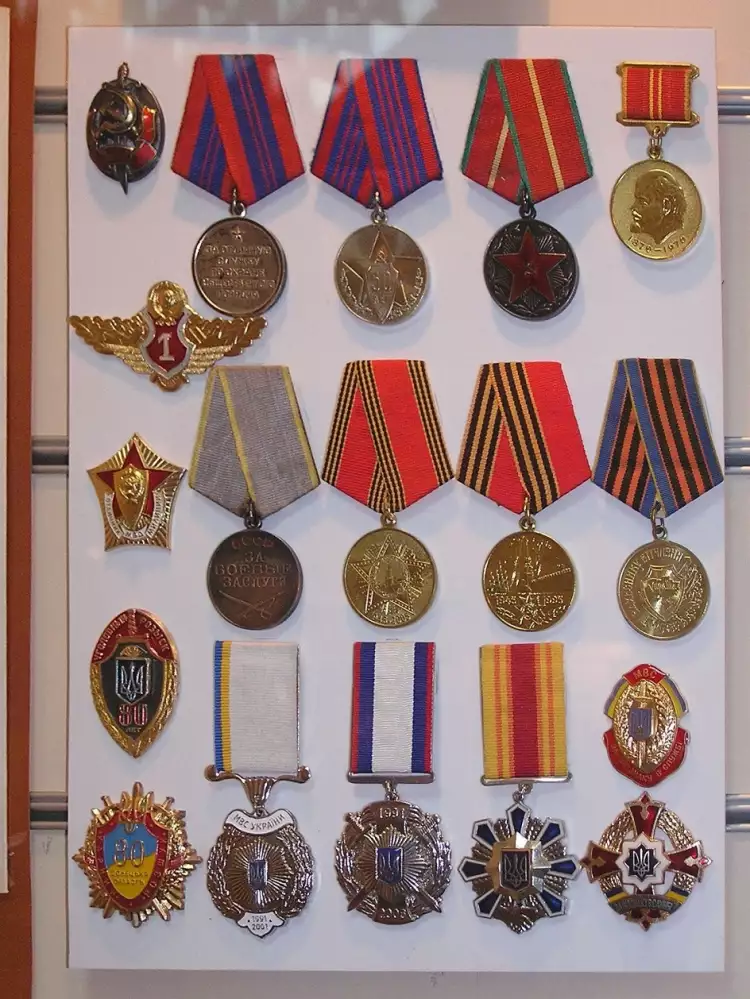 Phaleristics. Soviet and Ukrainian medals from the Museum of the History of the Donetsk Militia
Phaleristics. Soviet and Ukrainian medals from the Museum of the History of the Donetsk Militia
On the Very Important Lot platform, every visitor has the opportunity to participate in online art auctions for orders, in order to acquire phaleristics masterpieces. Here, you can also buy orders and medals affordably in specialized antique shops without intermediaries.
 The top 10 most famous photographers in the world - the best photo artists of all time
The top 10 most famous photographers in the world - the best photo artists of all time 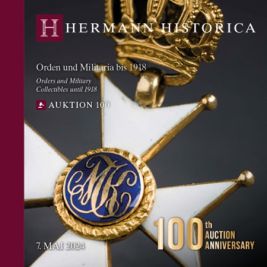 100th Auction at HERMANN HISTORICA from 7 to 16 May 2024
100th Auction at HERMANN HISTORICA from 7 to 16 May 2024  Pablo Picasso was a recognized genius of 20th-century art
Pablo Picasso was a recognized genius of 20th-century art  Sculpture is the unique art of creating three-dimensional artistic works
Sculpture is the unique art of creating three-dimensional artistic works  Regionalism is an American art movement that celebrates the beauty of simple provincial life
Regionalism is an American art movement that celebrates the beauty of simple provincial life  Michelangelo - the greatest sculptor in the world: biography and works of the Italian artis
Michelangelo - the greatest sculptor in the world: biography and works of the Italian artis 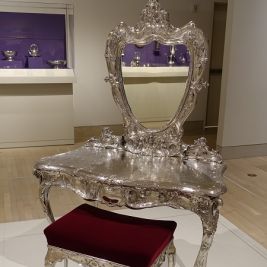 American Silver - From Colonial Times to the Present
American Silver - From Colonial Times to the Present 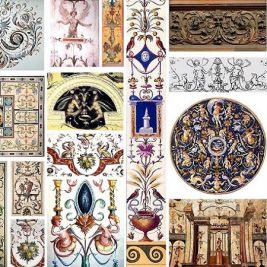 Grotesque is an eccentric art with harmless humor
Grotesque is an eccentric art with harmless humor 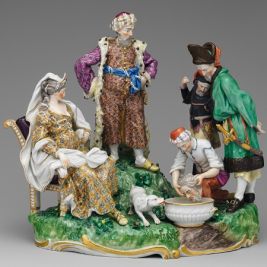 Frankenthal Porcelain: a rarity worthy of museum collections
Frankenthal Porcelain: a rarity worthy of museum collections  Giovanni Guida is an Italian artist-innovator and master of grattage
Giovanni Guida is an Italian artist-innovator and master of grattage